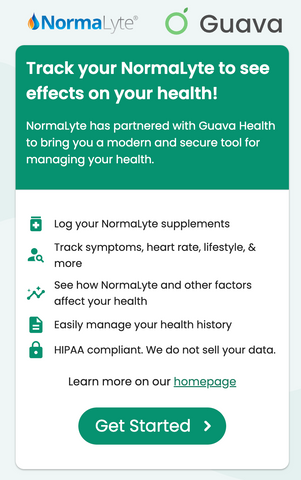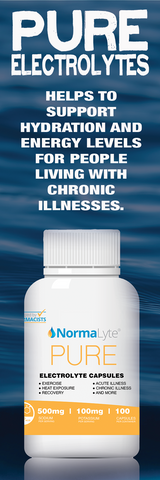The EDS-POTS Connection


In the complex landscape of chronic illnesses, two conditions that often intertwine and present a unique challenge to patients and healthcare professionals alike are Ehlers-Danlos Syndrome (EDS) and Postural Orthostatic Tachycardia Syndrome (POTS). While each disorder has its distinct characteristics, a significant number of individuals with POTS also live with Ehlers-Danlos Syndrome, shedding light on the intricate relationship between these conditions.
Understanding Ehlers-Danlos Syndrome
Ehlers-Danlos Syndrome is a group of rare connective tissue disorders characterized by joint hypermobility, skin that is easily bruised and hyper-elastic, and a range of other symptoms related to collagen production. Collagen, a protein that provides structure to the body's connective tissues, plays a crucial role in supporting the skin, joints, blood vessels, and organs.
There are various subtypes of EDS, each with its unique features. Hypermobile Ehlers-Danlos Syndrome (hEDS) is the most common subtype and is particularly noteworthy in the context of its association with POTS.
Postural Orthostatic Tachycardia Syndrome (POTS)
POTS is a form of dysautonomia, a condition that involves dysfunction of the autonomic nervous system (ANS). The ANS regulates involuntary bodily functions, such as heart rate, blood pressure, and digestion. In POTS, individuals experience an abnormal increase in heart rate upon standing, often accompanied by symptoms like dizziness, fatigue, and fainting.
The EDS-POTS Connection
Research has shown a significant overlap between EDS and POTS, particularly the hypermobile subtype. The link lies in the shared features of both conditions related to connective tissue. Collagen abnormalities seen in EDS can affect not only joints but also blood vessels, leading to dysregulation of blood flow and contributing to the symptoms seen in POTS.
Common symptoms in individuals with both EDS and POTS include:
- joint hypermobility
- chronic pain
- fatigue.
The combination of these conditions can make daily activities challenging and often requires a multidisciplinary approach to manage symptoms effectively.
Challenges in Diagnosis and Treatment
One of the challenges faced by healthcare professionals is the often-delayed diagnosis of both EDS and POTS. The symptoms can be vague and overlap with many other conditions, leading to a prolonged and frustrating diagnostic journey for patients. Moreover, managing these conditions requires a comprehensive approach that may involve physical therapy, medications, lifestyle modifications, and psychological support.
Track Your POTS Symptoms


Keeping a close eye on the symptoms you have over time is a great way to get a hold of why insomnia may be affecting you. Apps like Guava will allow you to monitor your symptoms, medications, and lifestyle easily, making your day-to-day health management a breeze. Check out Guava here.
Living With POTS and EDS
The coexistence of Ehlers-Danlos Syndrome and Postural Orthostatic Tachycardia Syndrome presents a complex clinical scenario that demands careful consideration and a holistic approach to treatment. Understanding the interplay between connective tissue integrity and autonomic nervous system function is crucial for healthcare professionals aiming to provide optimal care for individuals with both conditions.
As research continues to unravel the intricacies of EDS and POTS, it is hoped that increased awareness and knowledge will lead to earlier diagnosis, more effective treatment strategies, and improved quality of life for those navigating the challenges of these interconnected disorders.
Managing Symptoms of POTS and EDS
Managing the symptoms of POTS and EDS often requires a multifaceted approach, and one promising element in the toolkit is NormaLyte.
NormaLyte ORS Hydration is an electrolyte powder designed to help maintain proper hydration and electrolyte balance in the body. For added convenience you can try the PURE Electrolyte Capsules too.
For individuals with POTS, maintaining hydration is crucial, as dehydration can exacerbate symptoms like dizziness and fatigue. Given the common gastrointestinal issues experienced by individuals with EDS, including difficulty absorbing nutrients, the easily digestible and absorbable nature of NormaLyte can be particularly beneficial.
As always, it is important for individuals to work closely with their healthcare providers to tailor a comprehensive treatment plan that addresses the unique aspects of their condition, and NormaLyte may be a valuable component in the overall strategy to manage the challenges of living with both POTS and EDS.









Leave a comment